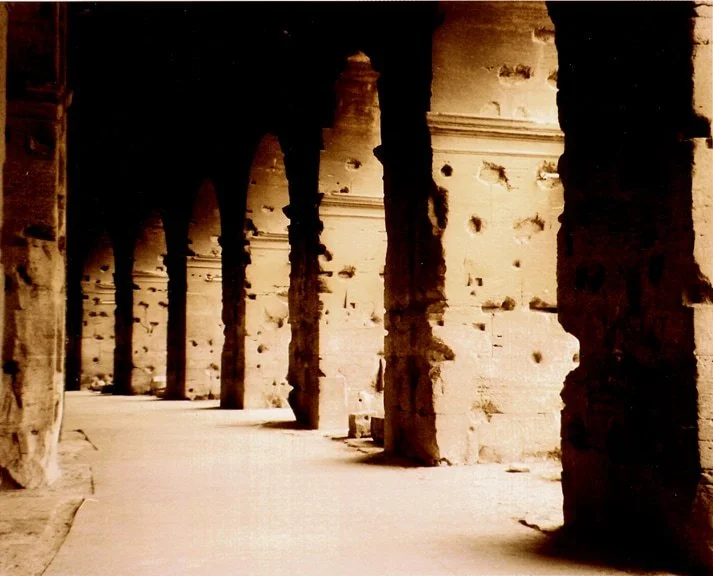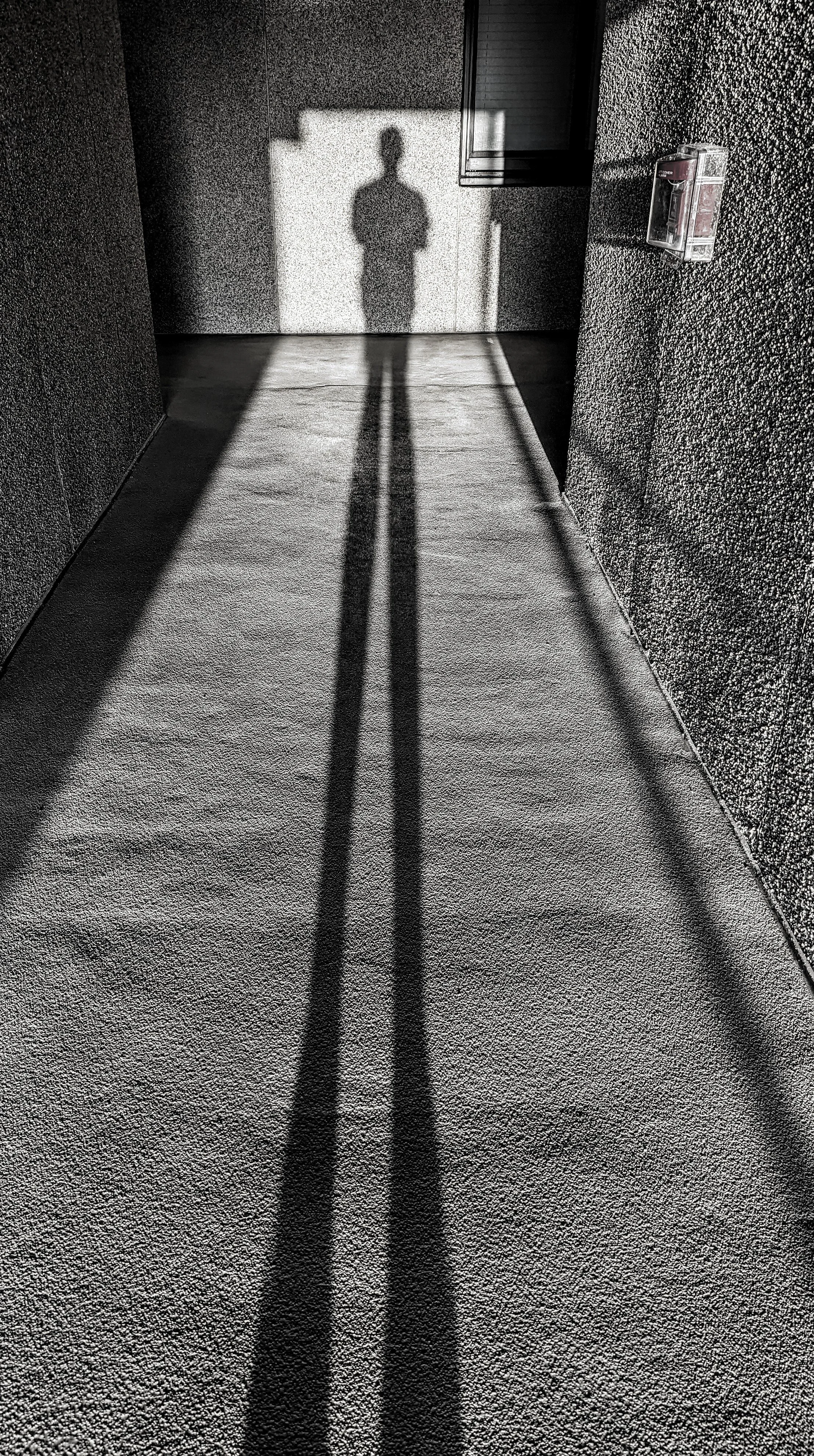The Art of the Journey: Capturing the Authentic Soul of Your Travels
A Creative Perspective on Travel Photography by: Mike Meyerson
We’ve all done it. You arrive at a famous landmark…the Eiffel Tower, the Grand Canyon, Niagara Falls, the Colosseum—and you instinctively reach for your phone. You snap the picture that proves you were there.
There is nothing wrong with that. We all want the memory.
But I’ve learned that the "proof of life" photo is rarely the one that ends up on my wall. The photos that stick with us aren't the ones that show what a place looks like; they are the ones that show what a place feels like.
For the best photos, see less like a tourist and start seeing more like an artist.
Look Down (and Up)
Most people experience the world at eye level. That’s why most travel photos look exactly the same, like a postcard...but are postcards usually creative? No. And that’s why you’ll often see creative photographers laying down or in odd, uncomfortable positions…doing what they need to do to GET THE SHOT.
When I’m exploring any area for the 1st time, I’m constantly scanning all around me. Look at the textures of the cobblestones under your feet. Look at the way the telephone wires cut across the sky. Look for the peeling paint on a doorframe or the rust on a bridge.
These textures are what’s interesting to me, they tell a better story than a generic wide shot of whatever famous landmark you are visiting (and have seen pictures of 100’s of times before).
Chase the Shadow, Not Just the Light
We are taught that "good lighting" means bright, even, sunny days. But that’s boring.
I love shooting when the sun is bright, casting harsh shadows. I love shooting in the rain when reflections turn the pavement into a mirror. Don't put your camera away when the lighting gets "bad." That’s usually when the drama happens. Use the shadows, be creative.
Capture the Atmosphere, Not Just the Architecture
A building is basically just a pile of rocks until you capture it’s character. Instead of trying to fit the entire cathedral in the frame, maybe focus on the candle flickering in the corner…find it’s soul. Like street photography? Instead of the whole market, focus on the guy in the corner wrapping a package….find a snippet that makes it more interesting.
You aren't just trying to document the location; you are trying to capture the authentic travel vibes that make the city unique, from the morning light on the cafe tables to the chaos of the evening rush hour.
Get Off the Beaten Path
The main tourist traps are great for postcards, but they aren’t exactly great for unique photography. I always try to explore areas that are "off the beaten path."
Walk two blocks away from the crowd. Turn down the quiet side street. Visit the areas outside the big busy tourist traps. Find the neighborhood where actual locals live and work. That is where you find the authentic moments…you’ll find the shots that feel real because they are real.
The "Wait and See" Method
This is the hardest one to master because it requires patience.
When you find a beautiful composition, a perfect alleyway, a striking doorway, a beam of light…don’t just snap it and walk away. Wait. Give it a minute.
Frame the shot and wait for the "human element" to walk into it. Wait for the person with the red umbrella. Wait for the cat to jump on the ledge. Wait for the old car to drive past.
This moment is decisive; it’s the split second where the geometry of the scene and the humanity of the moment align. You can't chase it; it just happens (hopefully, and sometimes by accident).
Put the Camera Down
This might sound odd, but it’s the most important rule. You can’t photograph something you haven’t really seen.
Walk. Listen. Absorb the location. Once you take it all in, you’ll know exactly what to shoot…it’ll grab your attention, if you’re lucky.
So, on your next trip, take the selfie. Send it to your mom. But then, take a breath, look at the light and textures, and start creating.
Author Bio:
Mike Meyerson is a photographer, video producer, and the founder of FEELING CREATIVE?, and he believes the best photos are found in the details.






